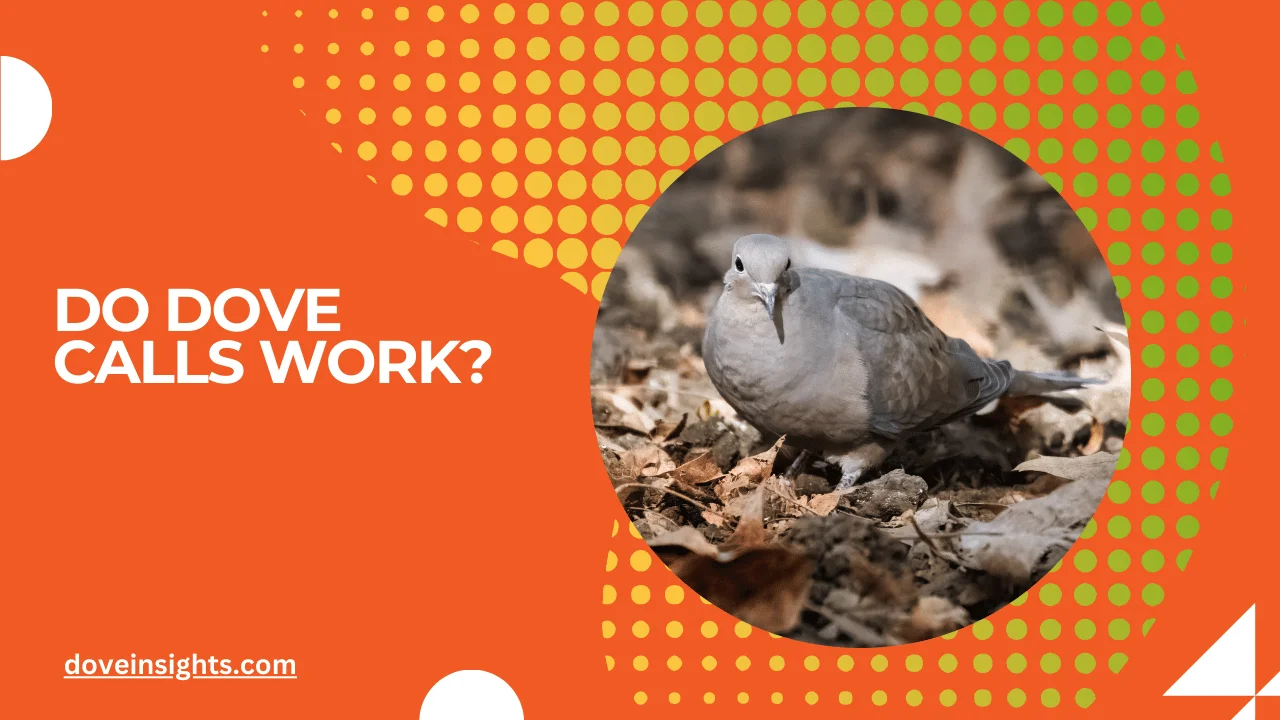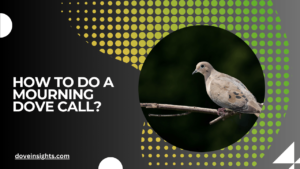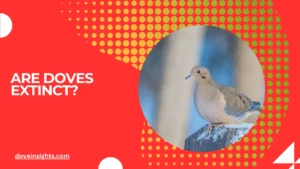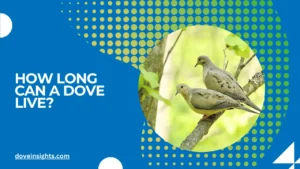Imagine you’re out in the wild, the gentle breeze rustling through the trees, and you hear it: the soft, cooing call of a dove echoing through the forest.
For birdwatchers and hunters alike, dove calls are often used as tools to attract these beautiful birds. But do they actually work? In a world where technology and nature are intertwined, can a simple sound really draw these birds in, or are dove calls just another myth of the birdwatching world?
The use of dove calls has intrigued bird enthusiasts for years.
Whether for birdwatching, hunting, or conservation efforts, many people believe that the right call can make all the difference. But is there any scientific evidence to back up the effectiveness of dove calls?
This article will explore whether these calls really work, why they might or might not attract mourning doves, and how they fit into our understanding of dove communication.
Contents
Dove Communication: The Science Behind the Calls
Before diving into whether dove calls actually work, it’s essential to understand how mourning doves communicate in the first place.
Doves, including the popular mourning dove, are known for their distinctive cooing sounds, but these calls serve more than just an aesthetic purpose. Mourning doves use various vocalizations to communicate with each other, especially during the breeding season.
- Courtship Calls: Male doves are particularly vocal during courtship, emitting low-frequency coos to attract females. These calls are part of their mating ritual, signaling a potential mate that the male is available and ready to mate. The cooing sound can be heard from a long distance, helping the male establish his presence.
- Territorial Calls: Doves are also territorial, and their calls serve as warnings to other males that the area is already claimed. These territorial calls are often more aggressive and are used to assert dominance over a particular space. The sound can often deter other males from coming too close.
- Alarm Calls: Doves also produce alarm calls when they sense danger, such as the presence of predators. These calls are short, sharp, and high-pitched, designed to alert other doves to the potential threat.
Understanding these vocalizations helps clarify how dove calls work within their natural behavior.
For those attempting to use dove calls in a non-natural setting, such as birdwatching or hunting, it’s important to know which type of call is being imitated and what reaction it’s meant to elicit.
The Role of Dove Calls in Hunting
The use of dove calls has long been popular among hunters, particularly in regions where mourning doves are abundant. But do dove calls actually help hunters?
Many hunters believe that imitating dove calls can attract doves to a hunting area, making it easier to take a shot. However, how effective is this technique?
- Luring Doves with Calls: Dove calls are often used to attract doves into an area, especially during migration seasons. Hunters commonly use electronic dove callers or manual whistles that mimic the soft cooing of a dove. The idea is that by producing these sounds, the hunter can simulate a real dove presence, which will draw in more birds.
- Timing and Location Matter: According to many experienced hunters, the effectiveness of dove calls largely depends on the timing and location. Calls are more successful during early mornings or late afternoons, when doves are more likely to be active. In addition, hunters report that using dove calls near a food source or water tends to increase the likelihood of attracting doves, as these are places where doves naturally gather.
- Scientific Debate: While many hunters swear by the effectiveness of dove calls, there is a degree of skepticism in the scientific community. Some studies suggest that doves may not respond as strongly to vocalizations as other species of birds, such as turkeys or ducks. The migratory nature of mourning doves and their tendency to focus on food and safety might make them less likely to be drawn in by calls alone.
Dove Calls in Birdwatching and Conservation
Beyond hunting, dove calls also play an important role in birdwatching and conservation efforts.
Birdwatchers often use dove calls to attract doves for closer observation, allowing them to capture detailed images or simply enjoy the experience of observing these beautiful creatures. But how do dove calls fit into this context?
- Attracting Doves for Observation: Birdwatchers often use manual or electronic calls to mimic the cooing sounds of mourning doves. These calls can be effective in attracting doves, especially if the birdwatcher is trying to spot a specific species or behavior. Calls can help bring doves closer to the observer, allowing for better photography or simply a more enjoyable experience.
- Conservation and Habitat Restoration: Dove calls are also used in conservation projects aimed at restoring habitats or encouraging dove populations to return to an area. By using dove calls in habitat restoration projects, conservationists may be able to draw doves back to a region that has been damaged by urbanization or deforestation.
- Educational Uses: Dove calls are sometimes employed in educational programs about wildlife, helping children and adults alike understand how birds communicate with one another. These calls are used as tools in teaching the significance of bird species and their role in the ecosystem.
While the primary goal of these calls is usually to attract doves for observation or study, their effectiveness varies depending on the environment and the species involved.
Factors That Influence Dove Response to Calls
While it’s clear that dove calls can be effective in some scenarios, there are numerous factors that influence whether doves will actually respond to them. Here are some key factors to consider:
- Species-Specific Responses: Not all dove species will respond to the same type of call. For example, Mourning Doves and Eurasian Collared-Doves may respond differently to various vocalizations, so it’s important to use the correct call for the species you’re targeting.
- Environmental Factors: The environment plays a significant role in the success of dove calls. If a dove is already occupying a territory or is busy feeding or nesting, it may be less likely to respond to external calls. Additionally, in areas with heavy human activity or disturbances, doves may become more skittish and less responsive.
- Time of Day and Season: Mourning doves are most active during early mornings and late afternoons, so calls used during these times are more likely to elicit a response. The breeding season also affects their receptiveness to calls, as males are more likely to call out during courtship.
- Experience and Familiarity: Doves, like many birds, can become accustomed to their environment and may eventually ignore repeated calls. If a dove hears the same call frequently in a particular area without seeing an actual bird, it may stop responding to that sound. Experienced birdwatchers or hunters often know how to vary their calls or switch up locations to keep doves engaged.
Best Practices for Using Dove Calls Effectively
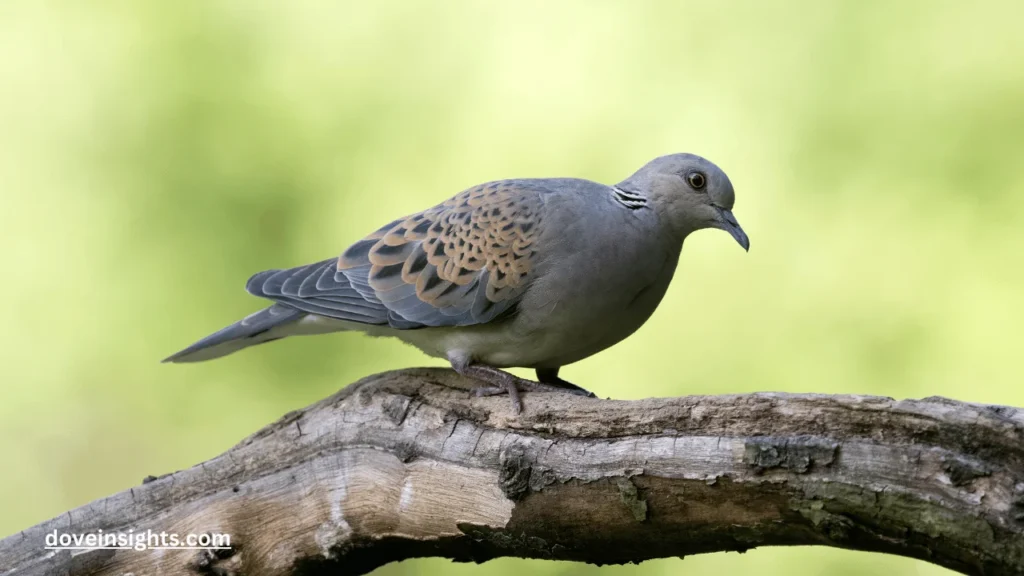
To maximize the chances of attracting doves, there are several best practices you should follow when using dove calls. These guidelines apply to birdwatchers, hunters, and anyone interested in attracting doves using vocalizations.
- Use Authentic Sounds: Ensure that the dove call you are using closely resembles the actual sound made by mourning doves. Calls that are too harsh or artificial are less likely to be effective. High-quality electronic callers often replicate real dove sounds more convincingly.
- Vary Your Calls: Doves can become used to repetitive calls, so it’s important to vary the timing and frequency of your calls. Sporadic calling that mimics a natural pattern of communication will be more effective than constant cooing.
- Be Patient: Doves are cautious birds, and it can take time for them to respond. After using a dove call, give the birds time to approach and get accustomed to the sound before making another call. Patience is key when working with any wildlife.
- Consider the Environment: Always consider the location and time of year when using dove calls. Ensure that you are in an area where doves are likely to be, such as near food or water sources, and during their most active times.
Conclusion:
In conclusion, the effectiveness of dove calls largely depends on the situation, the species of dove, and the method used.
While dove calls can work in specific contexts, such as hunting or birdwatching, they are not a foolproof method of attracting doves. These calls are most successful when used in conjunction with a deep understanding of dove behavior, the right environment, and a bit of patience.
Whether you are a hunter, a birdwatcher, or a conservationist, knowing how to use dove calls effectively can enhance your experience and provide a greater connection to these beautiful birds.
FAQ’s
What sounds do mourning doves make?
Mourning doves primarily produce soft, cooing sounds, used for courtship, territorial defense, and communication with other doves.
Can dove calls attract mourning doves?
Yes, dove calls can attract mourning doves, especially during breeding season or when used near food sources or water.
Are electronic dove callers effective?
Electronic dove callers can effectively mimic dove sounds, but their success depends on the location and the dove’s behavior.
When should you use dove calls?
Dove calls are most effective during early morning or late afternoon, when doves are most active.
Do all dove species respond to the same calls?
No, different dove species may respond to different calls, so it’s important to use the correct call for the species you want to attract.
How can I make sure my dove call sounds realistic?
Using high-quality calls that closely mimic the natural sound of mourning doves will increase their effectiveness.

